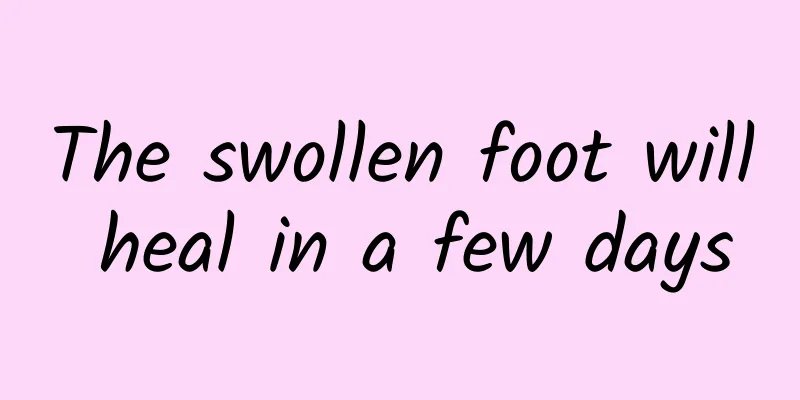How to treat corns most effectively

|
Many people have corns on their feet. Corns seem to have no effect on the human body at first, but if left untreated, you will start to feel pain around the corns, and in severe cases it may affect your activities. Therefore, if you have corns on your feet, you should treat them as soon as possible. People usually treat corns by applying plasters, but many plasters are ineffective. So, what is the most effective way to treat corns? Traditional Chinese medicine believes that Glauber's salt is very cold in nature, pungent and salty in taste, and has the effects of clearing heat, removing stagnation, moistening dryness and softening hard masses, and is a laxative. To treat corns, try the Glauber's salt treatment. Glauber's salt, also known as Xuanming powder, is a crystal obtained by refining sulfates in minerals, seawater, and salt springs. The chemical composition of Glauber's salt is mainly sodium sulfate, accounting for 96% to 98%, and it also contains small amounts of inorganic salts such as sodium chloride, magnesium chloride, and calcium sulfate. Traditional Chinese medicine believes that it is very cold in nature, spicy and salty in taste, and has the effects of clearing heat, removing stagnation, moistening dryness and softening hard masses, and is a laxative. Traditionally, Glauber's salt is used to treat symptoms such as excess heat stagnation and dry stool. When applied externally, it can clear away heat and reduce swelling, and can treat skin sores, mouth ulcers, sore throat, corns, etc. Corns are caused by the proliferation of stratum corneum due to long-term compression and friction of the local skin. The corns are shaped like cones and embedded in the skin. The tip of the cone protrudes into the dermis and compresses the nerve endings. Once the local area is compressed or squeezed, it will cause obvious pain. The base of the cone is a round or oval, light yellow, hard spot on the skin surface with clear boundaries, generally the size of a soybean. Corns can be effectively treated by utilizing the softening, dispersing, heat-clearing and disinfecting effects of Glauber's salt. The method of using Glauber's salt to treat corns is as follows: put a little Glauber's salt in a bowl and add a small amount of water to make it crystallized and set aside. Then soak the foot affected by corns in warm water for 15 to 20 minutes, scrape off the keratinized part of the corn with a knife (until there is no bleeding), then cut a piece of adhesive tape with a small hole in the middle the same size as the corn and stick it on the foot, exposing the corn in the hole, put the crystalline Glauber's salt on the corn, and fix it with adhesive tape. Change the dressing once a day or every other day until the corn disappears. |
<<: How to Taste the Quality of Red Wine
>>: Can gynecological inflammation cause mucus in stool?
Recommend
What are the dangers of a fetus that is one month smaller?
Many babies still in their mother's belly are...
Pictures of the effects and functions of Cimicifuga
Cimicifuga is a green plant of the Ranunculaceae ...
How to quickly eliminate flatulence
Gastrointestinal gas generally refers to intestin...
Swelling on one side of the neck
The neck connects the head and body in the human ...
Is steaming good for rheumatoid arthritis?
Rheumatoid arthritis is a nightmare for many midd...
What are the symptoms of leg pain? Do you know these?
When people reach a certain age, they are prone t...
The efficacy and function of chicken blood grass
In our lives, chicken snow grass is a relatively ...
What to do if a stone blocks the ureter
Ureteral stones are a disease that can easily cau...
What light dishes should I eat when I have diarrhea?
Diarrhea is commonly known as "diarrhea"...
What Chinese medicine is best for proctitis
When it comes to proctitis, everyone is familiar ...
Job's tears and white fungus soup nourishes yin and moistens the lungs, nourishes the stomach and promotes fluid production
With the advancement of science and technology an...
The efficacy and function of sisal flower
Many people don’t know much about sisal flowers. ...
Symptoms of postpartum depression
Many women have some adverse conditions after giv...
Charcot-Marie-Tooth Disease Test
Charcot-Marie-Tooth Disease is a disease of the h...
Is the purple and black color on the back after scraping serious?
Gua Sha, as a physical therapy method in traditio...









